Riding along the city’s canals in a gondola navigated by a skilled gondolier is Venice’s main tourist attraction, a unique romantic experience. Let them say it’s impractical. But to visit Venice and not ride a gondola? One will have to visit Venice again to correct this omission! Book here now.
Gondolas in Venice, is it transport or entertainment?
A while back using them was purely pragmatic. Due to its maneuverability and speed, gondola was the most suitable transport for moving along the waterways of Venice. At the end of the Venetian Republic, the city had several thousand gondolas of various shapes and sizes.
The direct function of gondolas, which is the transportation of passengers from shore to shore, is today performed by passenger gondolas ferries. And in most of the photos of Venice you see tourist gondolas. Locals use them only on special occasions. For example, for a wedding.
» READ MORE – Milan transport: all about bus, streetcar, and metro tickets
How much does it cost to ride a gondola?
The gondola business in Venice is under the vigilant control of the authorities. No wonder, as it is an inexhaustible source of income! Transportation requirements are regulated and all carriers must adhere to them. The same applies to prices.
The price depends on the time of day.
- 8 a.m.–7 p.m. — €80.
- 7 p.m.–8 a.m. — €100.
This price is for the whole gondola. So even if there are two of you, the price will not go down. The maximum capacity of the gondola is 5 people.
A standard walk lasts 30 minutes. However, the duration of the trip is highly dependent on the chosen route and the congestion of the canals. So, on an uncrowded quiet day, a gondolier can run a standard route in 20–25 minutes, and during peak hours in the high season, the main Venetian attraction lasts up to 40 minutes due to high traffic.
If you want to prolong the pleasure, the cost will increase proportionally. So, 45 minutes of ride will cost €120, and an hour costs €160.
The gondolier can also sing (for additional €20–40).
Bargaining with gondoliers is almost pointless. Unless it’s off-season, when there are few people and if you want to ride for an hour instead of the standard 30 minutes. But it’s still not worth placing high hopes on a discount. Talking about it should be started on the shore, before getting into the gondola.
Gondoliers are paid in cash on the spot. You can book a walk for a certain time in advance, there are special online offers for this (find them here). This is convenient for a romantic date, so as not to ruin the mood by the need to make a deal. But spontaneous trips are also very pleasant.
» READ MORE – 15 main sights of Venice
Where to rent a gondola?
In Venice gondolas are moored at almost every corner, in any place where you can moor. At shops, on piers near bridges, at hotels and sights. Most of the gondolas are located in the area of the Doge’s Palace and the Rialto Bridge.
In order not to get into a gondola traffic jam, start your trip in less hyped places. For example, on the piers of Ca D’Oro or San Toma (San Toma A, B), near the bridge of San Polo (Ponte San Polo).
To see St. Mark’s Cathedral and the Doge’s Palace from the water and sail under the Bridge of Sighs, you need to start from St. Mark’s Square. And if you want a more calm and relaxed trip, you should move away from the Grand Canal to one of the small piers.
Make sure to ask the gondolier which route he is taking.
Why are gondolas black?
There are several legends about it.
The first one is vaudevillian.
Long ago all the gondolas were multi-colored, they were painted each in their own way. Then there lived a doge of venerable age, whose young and beautiful wife was visited by an ardent lover in a black gondola every night. There was only one black gondola in the city, it was owned exactly by this young man. Then the doge directed to paint all the gondolas black in order to stop gossip and discredit his name. After that no one could figure out who was sailing to the palace.
The second one is tragic.
In 1562, an epidemic of plague struck Venice. The bodies of the dead were transported on bright and colorful gondolas. The city authorities considered this to be blasphemy, and ordered all the gondolas to be painted in mourning black, in the manner of coffins. However no one calls them coffins, but the «black swans».
Gondolas are still painted nothing but black. The only thing you can do based on your own preference is to decorate it.
Respected craft
The profession of a gondolier is an honorary one and has been passed down from generation to generation. Today it can be mastered by anyone.
In total, about 430 gondoliers are registered in the Venice Gondoliers Guild, which has been in charge of the Venetian canals for nine centuries. They go through a rigorous selection process. Each applicant takes an exam of foreign languages and the history of the city. He must also demonstrate the practical skills of navigating a gondola, without which you simply won’t manage in the narrow Venetian canals.
The profession is traditionally considered male. The first female licensed gondolier was registered in 2010.
As already mentioned, everything related to the gondola business is strictly controlled in Venice. The uniform of the gondoliers is not an exception. Top is a striped T-shirt or long sleeve, stripes can only be red or blue, 2.5 cm wide. Bottom is black dress pants.
The boater headdress, again with a red or blue stripe, came into fashion at the beginning of the 20th century. The hat can be worn capriciously.
Palinas
Tourists who came to Venice for the first time, primarily pay attention to the huge number of wooden poles sticking out of the water at the piers. This pole is called palina, and gondolas and boats are tied to it. They can be painted blue, red and white, or red and blue spiral stripes. But most are just wooden, without any paint.
During the existence of the Republic of Venice, a special magistrate supervised the installation of new poles. After all, a wooden pole actually creates a mini-swamp around itself, which disrupts the fragile hydrogeological balance of the lagoon.
Traghetto for the budget conscious
If you want to ride along the canal and save money, do like the locals. They use the traghetto ferries. These are the same gondolas, but they look more simple, and there are more people inside. The traghetto can be reached from one side of the Grand Canal to the other. Ferry piers (Dogana, Santa Maria del Giglio, Sao Toma, Riva del Vin, Riva del Carbon, Santa Sofia and etc.) are scattered along the canal. Such a trip is devoid of all romance and extremely utilitarian. It also takes less than a minute. The fare is €2.5.
Enjoy the rides along the canals of Venice!

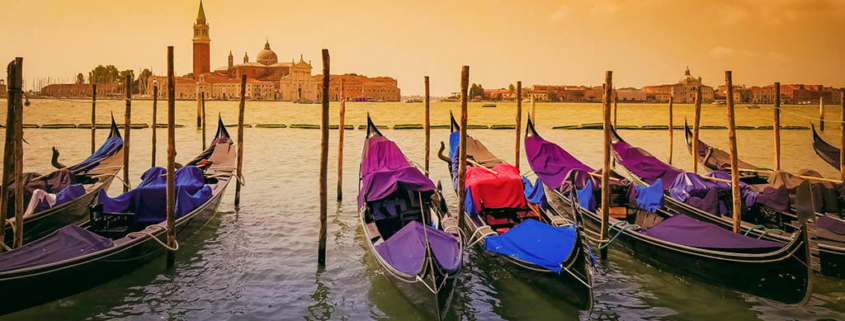

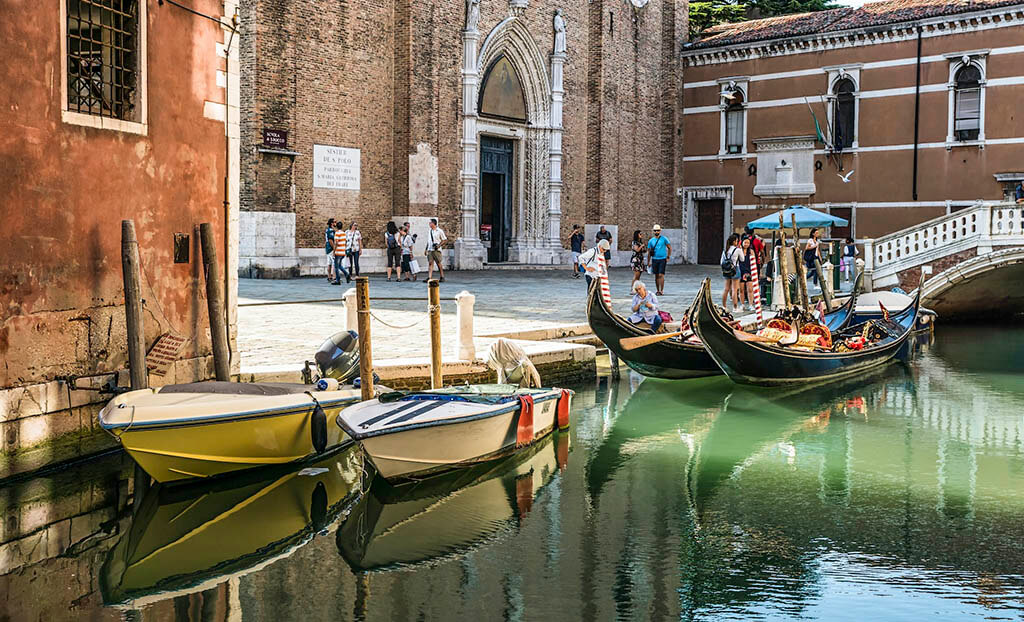
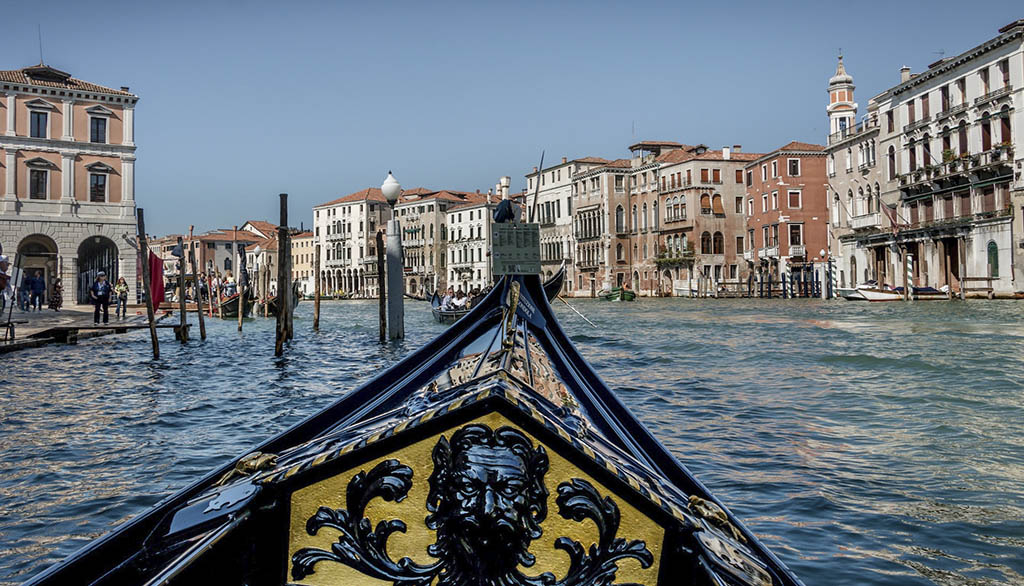
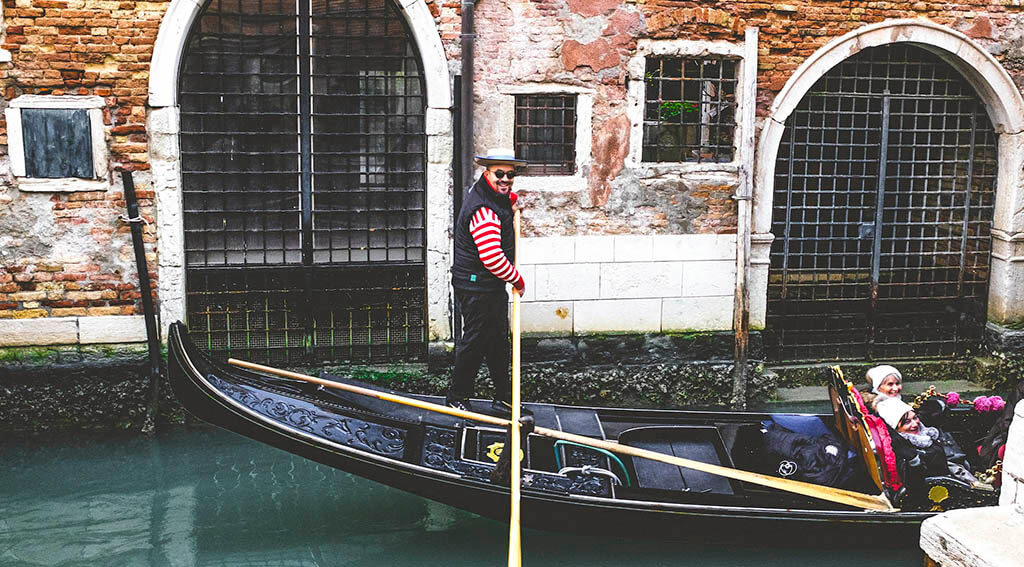
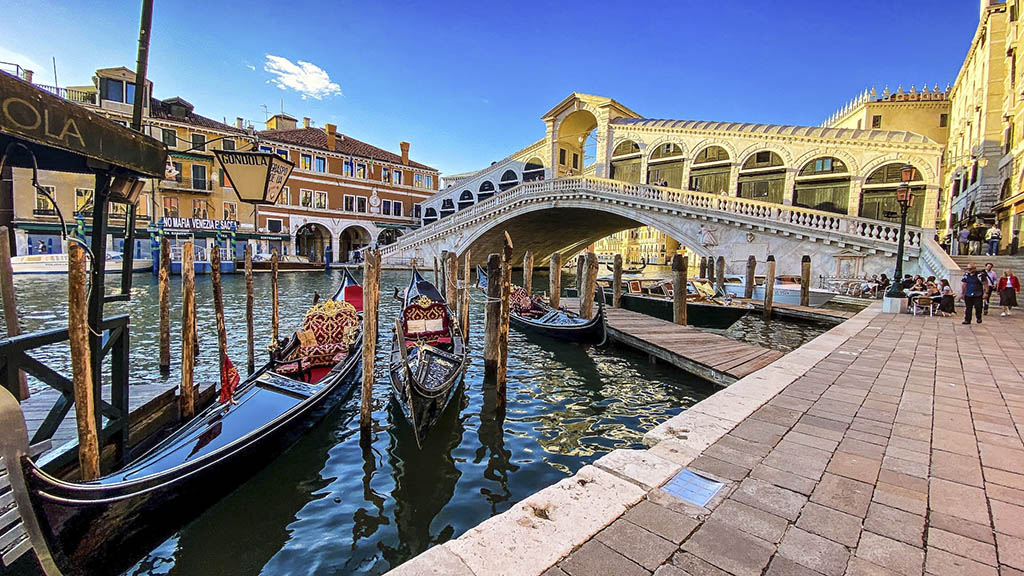
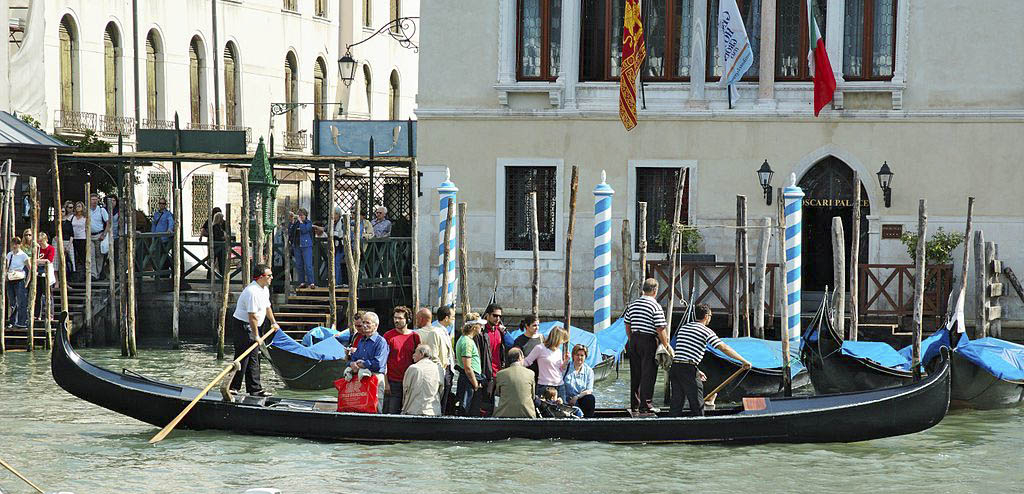
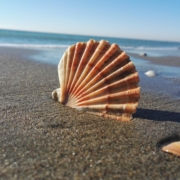
 Swapnil Bapat / Unsplash
Swapnil Bapat / Unsplash  Simon Berger / Unsplash
Simon Berger / Unsplash 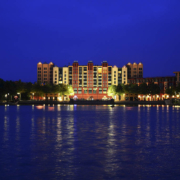 FotoGuelden / pixabay.com
FotoGuelden / pixabay.com  Pixabay
Pixabay 
 Shinnosuke Ando / unsplash.com
Shinnosuke Ando / unsplash.com
Leave a Reply
Want to join the discussion?Feel free to contribute!